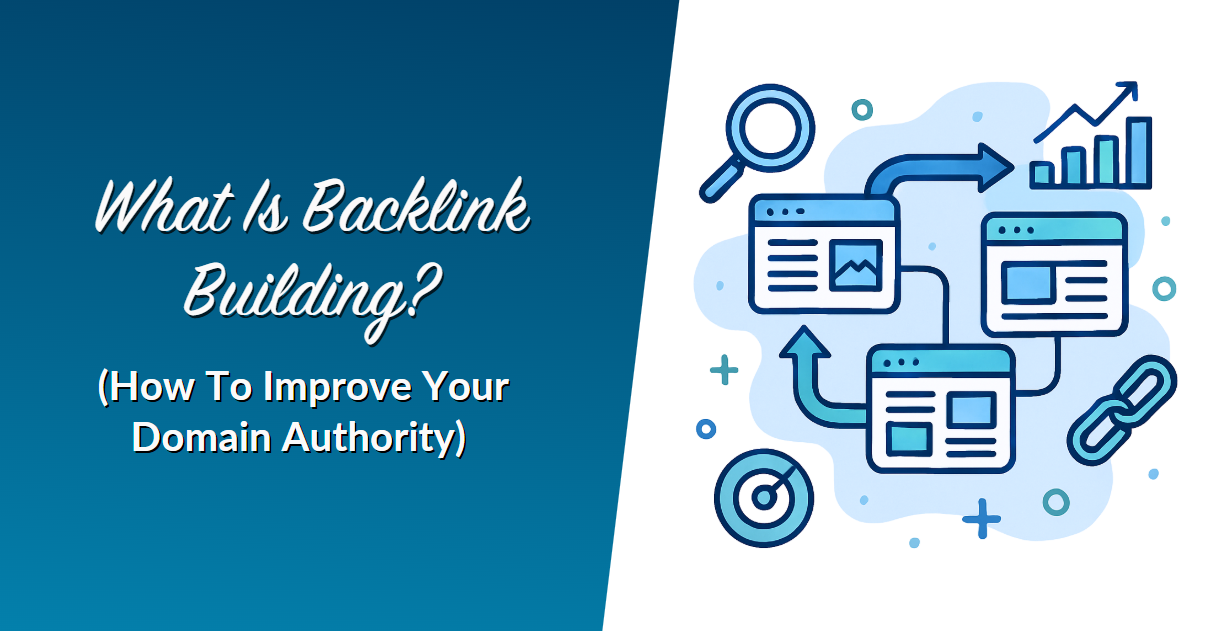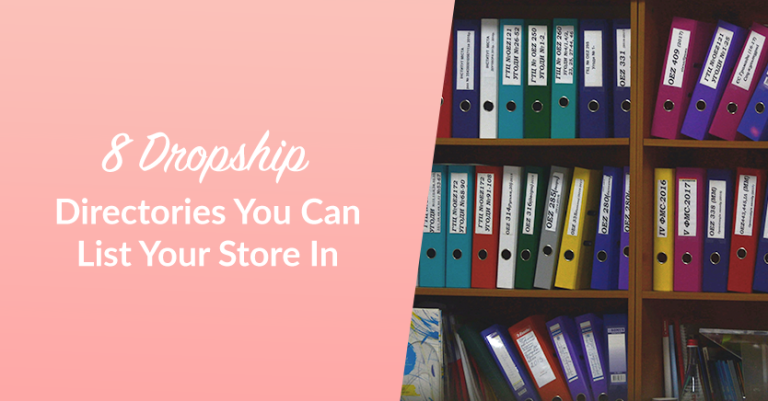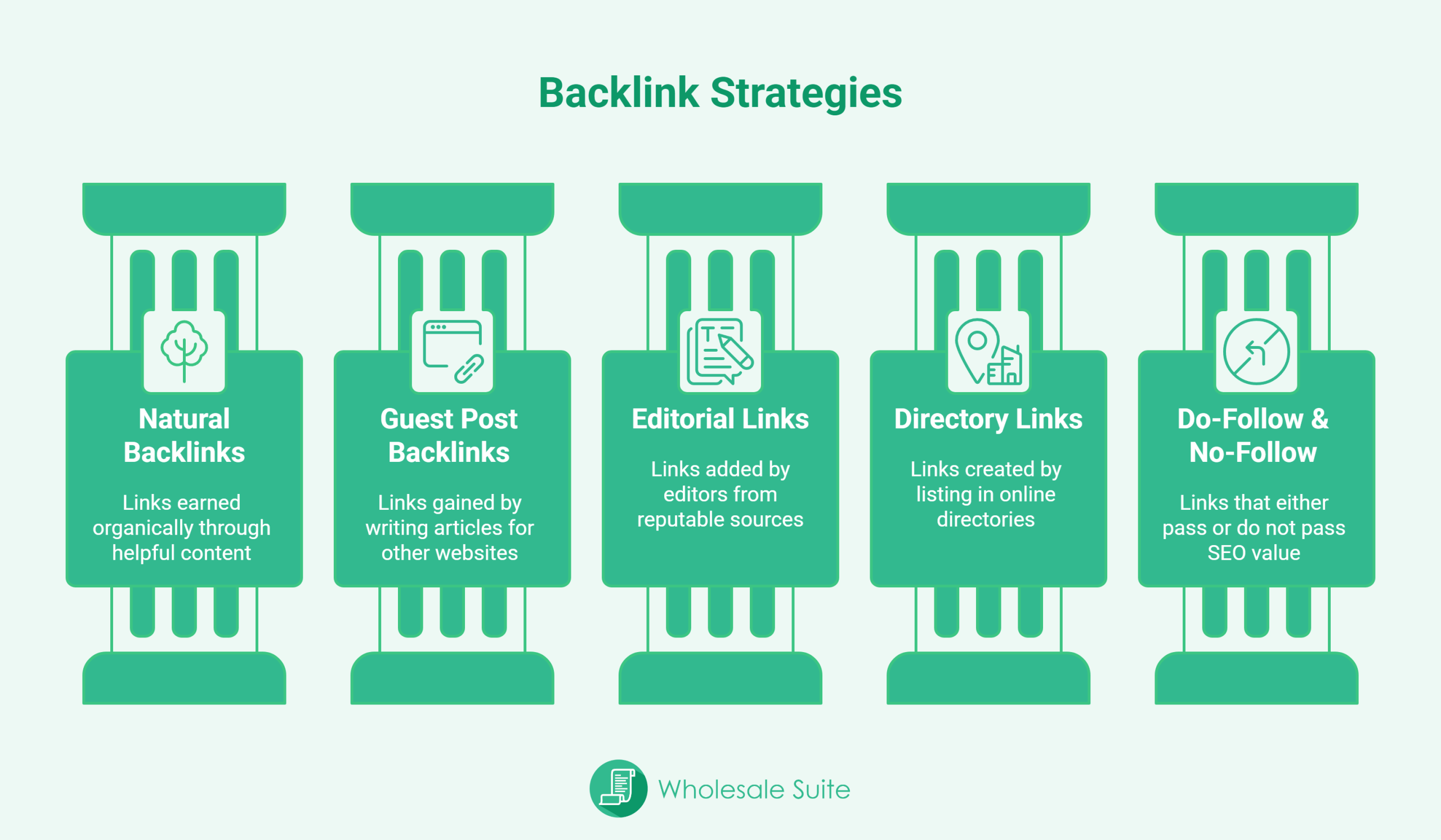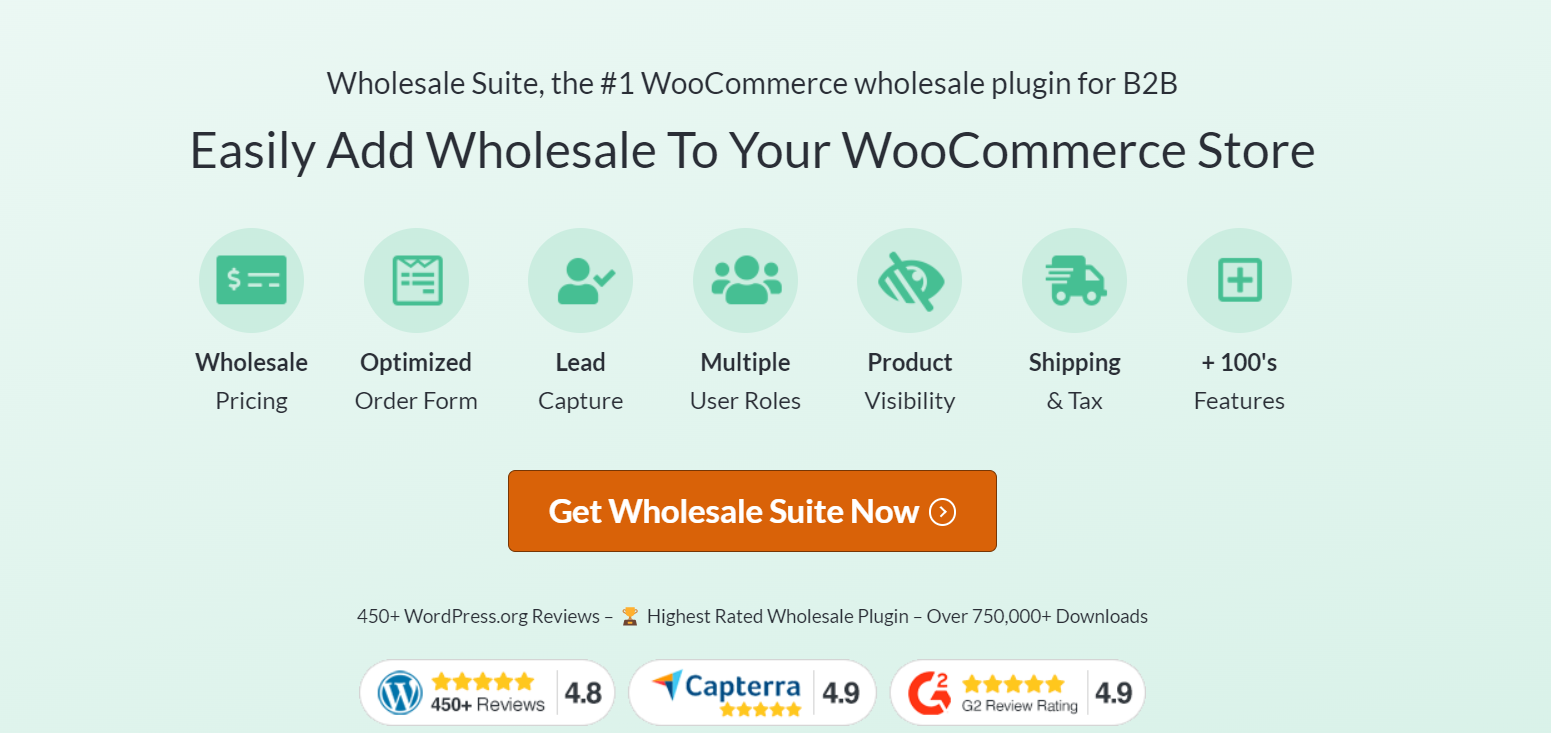
What is backlink building? It’s a simple idea, but it can make a big difference for your website. If you’ve ever clicked on a link that took you to another page, you’ve already seen a backlink in action. These page links help people move from one site to another. They also tell search engines like Google which sites are trusted.
Backlink building means getting other websites to add links that point to your own. This process is part of link building, which helps your site grow over time.
In this guide, you’ll learn how backlink building works, why it’s crucial for SEO, and how you can start building backlinks the right way.
Let’s get to it!
What Is Backlink Building?
What is a website backlink
A website backlink is a link that points from one website to another. Think of it like a recommendation. When someone links to your page, they’re telling others, “Hey, this site has something useful.” That simple link can bring in more visitors and tell search engines that your content is worth showing to more people. This is why backlink building plays a significant role in digital marketing today.
Inbound links, internal links, outbound links… what are they?
These backlinks are also called inbound links because they bring people into your site from another place. If someone writes a blog post and includes a page link to your website, that’s a backlink. On the other hand, internal links stay inside your site, connecting one page to another. Outbound links are the links you give to other sites.
Knowing the difference helps you understand where traffic is coming from. It also enables you to track which backlinks are helping you grow and which ones are not doing much at all.
How backlinks work in SEO
Backlinks help search engines understand how websites are connected. If your page has a lot of high-quality links pointing to it, search engines think your content is helpful and trusted. This can push your website higher up in search results.
It’s like a popularity contest. The more votes you get from other trusted sites, the more likely it is for Google to notice you. This is why link building strategies focus on getting real and helpful backlinks from websites that already have a good reputation.
Backlinks don’t just help with rankings. They also bring real people to your site. Someone might click a link, land on your blog post, and become a customer. So when you’re building backlinks, you’re not just doing it for search engines; you’re doing it for people, too.
Types Of Backlinks In SEO
Understanding the different kinds of backlinks is part of learning what is backlink building. Each type plays a distinct role, and understanding how they work helps you make more informed choices when building backlinks.
1. Natural backlinks
Natural backlinks are the links you get without asking for them. These happen when someone finds your content helpful and decides to link to it. For example, if you write a blog post that answers a common question and someone includes your page link in their article, that’s a natural backlink. These are some of the best kinds of backlinks because they show that people trust your content.
Getting natural backlinks takes time. You need to keep creating content that others find helpful. When your content helps people, they are more likely to share it and link back to it on their own.
2. Guest post backlinks
Guest post backlinks come from writing articles for other websites. When you write a guest post, you usually include one or two links to your site. This is one of the most common link building strategies.
Guest posting works well because you get to share your knowledge with a new audience while also building backlinks to your site. Just make sure your content is helpful and not just promotional.
3. Editorial links
Editorial links are added by writers or editors when they find your content worth mentioning. These usually come from websites with good reputations, like news sites, magazines, or blogs. If your content is clear, informative, and fits their topic, they may include a link without needing you to ask.
These kinds of backlinks can be powerful because they often come from trusted sources. Search engines pay attention to where the link comes from, so editorial links help show that your site is reliable.
4. Directory or profile backlinks
Directory or profile backlinks are created when you list your business or website on an online directory. These sites collect business names and links all in one place. Think of platforms like Yelp, Google Business Profile, or industry-specific directories.
While they may not carry the same power as editorial links, they still help with visibility. These backlinks are helpful for local SEO and help people find your site when they’re looking for services in your niche.
5. Do-follow vs no-follow links
There are two main types of backlinks: do-follow and no-follow. A do-follow link passes value to your site. This helps with SEO and can raise your position on search engines. A no-follow link, on the other hand, tells search engines not to pass SEO value. But even if it doesn’t help with ranking, a no-follow link can still bring people to your site.
Both types are part of link building. You don’t have to only go after do-follow links. A mix of both types can still help grow your site in a natural way.
Why Backlink Building Is Important For Your Website
Better rankings on Google
When other websites link to yours, search engines notice. They see that your site might have something helpful to say. That’s why backlinks can help you show up higher on Google search results. If your page has a lot of high-quality links, Google starts to believe that your site is worth showing to more people.
This is one of the main reasons why backlink building is part of most SEO strategies. It gives your website a better chance of reaching new visitors who are searching for answers online.
More organic traffic
Better rankings often lead to more clicks. And more clicks mean more people visiting your site without you paying for ads. This is called organic traffic. When your content ranks high on search results, people are more likely to click and read what you’ve shared.
Link building can lead to long-term traffic. One good backlink today might still be helping your site a year from now.
Stronger domain authority
Search engines track how many other trusted sites link to yours. When this number goes up, your domain authority improves. This means your website becomes stronger in the eyes of Google.
High domain authority makes it easier to rank for future content, too. This is why smart link building strategies are not just about one blog post; they’re also about growing your entire website over time.
Increased trust and visibility
Good backlinks don’t just help with rankings. They also help people trust your site. If a well-known blog or expert links to your content, readers will see that as a good sign.
And the more people trust your site, the more likely they are to read your posts, sign up for your email list, or even make a purchase. Many businesses also rely on email finder tools to reach the right audience and grow that list. This is why it’s essential to understand what is backlink building, because it can shape how people and search engines see your brand.
How To Acquire Backlinks
Step 1: Create content worth linking to
Before anything else, you need to make content that people actually want to link to. This can be a blog post, a guide, a list of tools, or even a helpful video. When your content solves a problem or answers a common question, other websites will see it as a good resource. That makes it easier to earn backlinks without asking too much.
Think of it this way: would you link to something that isn’t useful? Probably not. That’s why building backlinks always starts with making content people can trust and learn from.
Step 2: Do outreach to other sites
Sometimes, you have to take the first step. Outreach means reaching out to website owners, bloggers, or content creators and asking if they’d be open to linking to your page. You can find blog posts that mention topics you’ve written about, then suggest your content as an extra resource.
This is called link building outreach, and it’s one of the most common ways to get backlinks. Just make sure your message is short, polite, and shows why your content is worth sharing.
Step 3: Write guest posts
Another way to earn backlinks is by writing guest posts for other websites. Many blogs accept guest articles if the content fits their style and audience. In return, they usually allow you to add a backlink to your own site, either in the content or in your author bio.
Guest posting helps you reach new readers while also building backlinks. It’s a win-win, as long as you focus on writing something helpful, not just placing your link.
Step 4: Share in communities or forums
Places like Reddit, Quora, Facebook groups, and online forums are great spots to share your content. When people ask questions that your blog post answers, you can drop your link as a helpful resource.
But be careful not to spam. Always focus on helping first. If your link truly adds value to the conversation, others will welcome it, and maybe even reshare it.
Step 5: Submit to local or niche directories
Listing your business or blog in trusted online directories can also help. These sites often include a link to your website, and while some may not be strong by themselves, they still count as backlinks.
Local SEO can benefit from these types of links, primarily if your business serves a particular area or niche. Every page link you earn adds up and supports your backlink profile.
Learning what is backlink building means knowing that good backlinks don’t just fall into your lap. You need to earn them. These steps can help you build a healthy backlink strategy, one that allows your site to grow.
You may also read: 8 Dropship Directories You Can List Your Store In.

What Makes A Backlink “Good” Or “Bad”?
Authority of the linking website
Not all backlinks are equal. One link from a trusted website can be more helpful than ten links from sites that nobody visits. That’s because search engines look at where the link is coming from. A backlink from a well-known website shows that your content is valuable and trustworthy.
For example, getting a link from a respected news site or a popular blog carries more value than a link from a random forum or a low-quality site. So when you’re building backlinks, always check the website’s reputation first.
Relevance of the content
It also matters if the link is related to your topic. If you run a store that sells office chairs, and you get a backlink from a cooking blog, that might confuse search engines. On the other hand, if the link comes from a business blog or a furniture review site, that’s a better fit.
Search engines want to see backlinks that make sense. When the content on both sides is related, the backlink feels natural, and that’s important for SEO.
Anchor text and context
The words that hold the link are called anchor text. These words tell search engines what the linked page is about. For example, if someone links to your site using the phrase “office chair buying guide,” Google will assume your page has valuable information about that topic.
But if every backlink you have uses the exact anchor text, that could look fake. A mix of different anchor texts makes your backlink profile look more natural. And when the link appears in a helpful paragraph, not just tossed at the bottom, it adds more value.
If you want to understand what is backlink building, you have to learn what makes a backlink strong. It’s not just about getting a link. It’s about where the link comes from, what it says, and how it fits the page it’s on.
Common Backlink Building Mistakes To Avoid
Buying backlinks or using shady services
Buying backlinks might seem like a shortcut, but it usually leads to problems. Google can tell when links are not earned in the right way. If you pay for links from sites that exist to sell backlinks, your website might get penalized. That means your site could drop in search results or even disappear from them completely.
It’s better to focus on building backlinks through honest methods like content creation and outreach. Good backlinks come from trust, not transactions.
Spamming comments or forums
Leaving random comments on blogs or forums to place your link doesn’t help. In fact, it can make your site look spammy. People can tell when a comment is helpful and when it’s just there to drop a link.
Instead of spamming, try joining real conversations. Share your knowledge. If your page link fits the topic and adds value, people will be more likely to click on it, and you might even earn natural backlinks in return.
Focusing too much on quantity
Having hundreds of backlinks won’t matter if most of them are low-quality. One backlink from a respected site can do more for your SEO than twenty from unknown blogs. It’s not just about getting as many links as possible, but also about getting links that genuinely matter.
This is where many beginners go wrong. They focus on numbers and forget about quality. But the truth is, search engines are smarter now. They care more about where the links come from and how they’re used.
If you’re serious about learning what is backlink building, you need to avoid shortcuts. Mistakes like buying links or spamming can hold you back. Focus on honest link building strategies that give your site a real chance to grow.
Final Tips To Improve Your SEO With Backlinks
Be consistent and patient
Building backlinks takes time. You can’t expect significant results overnight. Search engines need time to find your links and understand how your content connects to others. This is why consistency matters. Keep writing helpful content, keep reaching out, and keep looking for good linking opportunities.
Build relationships, not just links
People are more likely to link to your site if they know you. That’s why building genuine relationships with other website owners, writers, and bloggers can make backlink building easier. When you connect with others, you open the door for future guest posts, mentions, and even collaborations.
Start by sharing their content, commenting on their posts, or sending a kind message. Good backlinks often come from real connections.
Track backlinks using free and paid tools
You need to keep track of your backlinks. Tools like Ahrefs and Google Search Console can help you see who’s linking to your site. You can also check if those links are still active or if any have turned into broken links.
Tracking helps you learn what’s working and what’s not. You’ll know which link building strategies are bringing in traffic and which ones you might need to change.
If you’re running a wholesale store, backlink building is just one part of SEO. Tools like Wholesale Suite help you grow by handling pricing, order forms, and B2B workflows, so your SEO efforts lead to sales. That way, the traffic you earn from backlinks turns into something more valuable: real customers!
Learning what is backlink building is just the beginning. Putting it into action takes time, effort, and the right tools.
Other Related Articles
Frequently Asked Questions
What is an example of a backlink?
A backlink is when one website links to another. For example, if a popular blog links to your product page in a list of “top B2B tools,” that’s a backlink. The link could be inside the article or at the bottom as a credit. That connection between websites is what makes it a backlink. Understanding what is backlink building helps you spot these links and look for ways to earn more of them in your content.
How to build backlinks?
There are many ways to start building backlinks. You can write helpful blog posts, share your content in forums, or do link building outreach. One common method is guest posting. This means writing for other blogs and including a link to your own site.
The most important thing is to earn links naturally. That means your content has to give real value. When people find it helpful, they’ll be more likely to link to it.
Once you understand what backlink building is, the next step is action. Keep sharing valuable information, connect with others, and take every chance to earn high-quality links.
What is link building in SEO?
Link building in SEO means getting links from other websites to your own. This helps search engines see your content as trusted and useful. It’s one of the main ways to improve your search rankings without paying for ads.
Backlink building is a big part of link building. The more trusted websites that link to your content, the more likely your site is to show up on the first page of results. Knowing what is backlink building helps you see why link building is so essential for SEO. Without backlinks, your content might not be found by the people who need it.
Why is backlink building important?
Backlink building helps you grow your website’s trust and visibility. It tells search engines that other websites believe in your content. When Google sees that, your pages can move up in search results.
Also, backlinks bring real people to your site. That means more traffic and more chances to connect with your audience. When you learn what is backlink building, you begin to understand how much these small links can affect your online growth. A single page link from the right site can make a big difference.
Takeaways
If you’ve made it this far, you probably already understand what backlink building is and why it matters. It’s not just about getting other websites to link to yours. It’s about earning trust, growing your traffic, and helping people find your content more easily.
In this article, we discussed valuable points that you should know about backlink building:
- What is backlink building
- Types of backlinks in SEO
- Why backlink building is important
- How to acquire backlinks
- What makes a backlink good or bad
- Common backlink building mistakes
- Final tips to improve SEO
So, if you’re running a B2B store and wondering where to start, begin by learning what is backlink building and how to apply it. But remember, SEO isn’t just about backlinks. Tools like Wholesale Suite can help your store grow in other ways, like better pricing, easier orders, and smoother checkout experiences. With the right mix of backlink building and business tools, you’ll be able to grow your store with confidence and clarity.
Backlink building is a long-term process, and now that you know what it is, you can take the first step with a better plan. Stick with it, build strong links, and you’ll see real results over time.
Do you still have questions about backlink building? Let us know in the comments!








